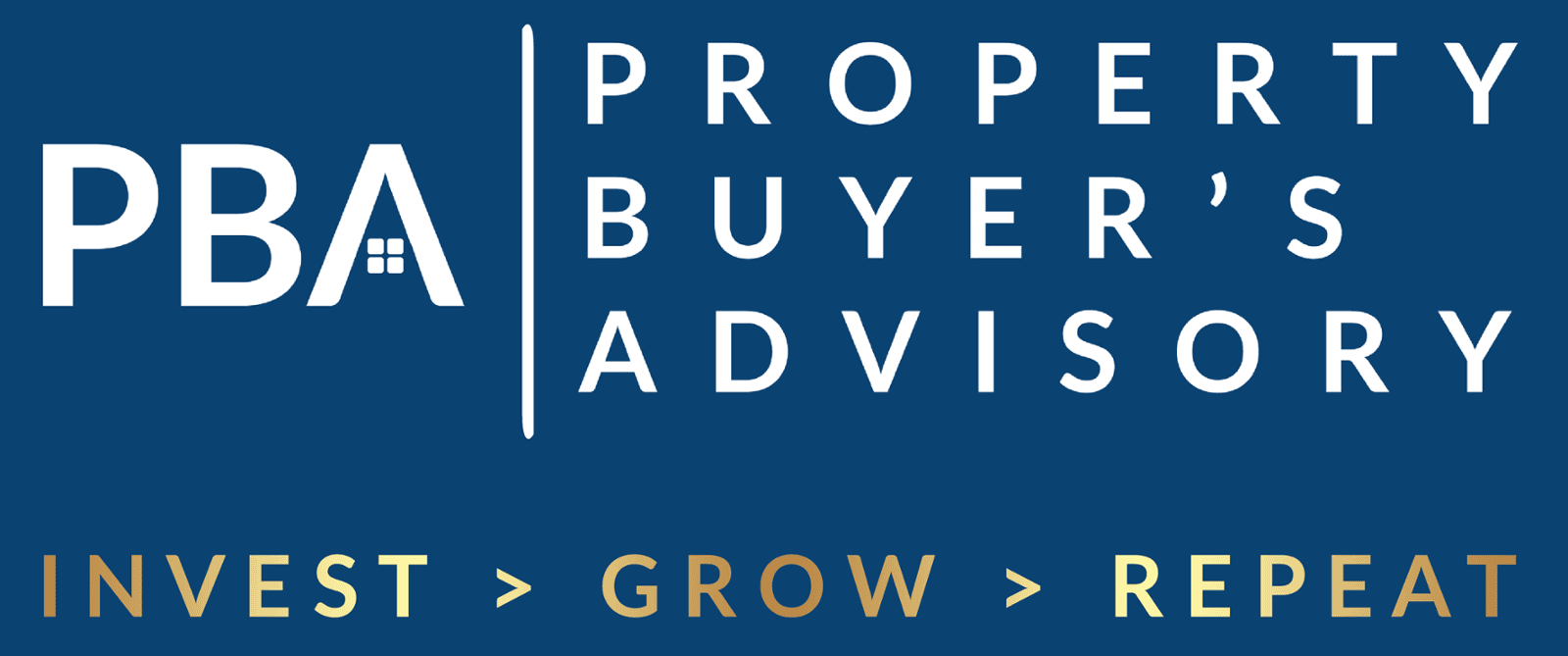Top 10 Mistakes First-Time Property Investors Make
Investing in property can be a lucrative venture, but it's essential to navigate potential pitfalls to maximize your returns.This guide outlines common mistakes first-time property investors make and provides strategies to avoid them.
Mistake 1: Insufficient Research
Avoid by: Conducting thorough market research is paramount for informed decisionmaking. Analyze property values,rental yields, population growth, and economic indicators in your target area. Utilize online resources like CoreLogic or Domain to access property data and trends. Consider consulting with a local real estate agent to gain valuable insights into the market dynamics.
Mistake 2: Overstretching Finances
Avoid by: Carefully assess your financial situation before making a property purchase. Create a detailed budget that includes not only the property price but also ongoing expenses like mortgage repayments, property taxes, insurance,maintenance, and potential vacancy periods. Seek advice from a financial advisor to determine your borrowing capacity and create a sustainable investment plan.
Mistake 3: Lack of Diversification
Avoid by: Building a diversified property portfolio can mitigate risks. Consider investing in different property types (residential, commercial, industrial), locations (metropolitan, regional), and price points. Diversification helps spread risk and increase your chances of long-term success.
Mistake 4: Ignoring Cash Flow
Avoid by: Prioritize properties with positive cash flow or the potential to generate strong rental income. Analyze rental yields, vacancy rates, and operating expenses to assess a property's cash flow potential. Consider using property management software to streamline rental income and expenses.
Mistake 5: Emotional Decision Making
Avoid by: Approach property investment with a rational and analytical mindset. Create a clear investment criteria and stick to it. Use data and market analysis to guide your decisions, rather than making impulsive purchases based on emotions.
Mistake 6: Skipping Due Diligence
Avoid by: Conduct comprehensive due diligence on any property you're considering. This includes obtaining a building and pest inspection, reviewing title searches, zoning regulations, and council approvals. Engage the services of a qualified property inspector and conveyancer to protect your investment.
Mistake 7: Absence of a Clear Investment Strategy
Avoid by: Define your investment goals and create a well-structured investment plan. Determine whether you prioritize capital growth, cash flow, or a combination of both. Consider your risk tolerance and time horizon to align your investment strategy accordingly.
Mistake 8: Over-Leveraging
Avoid by: Carefully manage your debt-to-income ratio and maintain a healthy level of leverage. Consider the potential impact of interest rate rises on your mortgage repayments. Diversifying your investment portfolio can also help mitigate the risks associated with high leverage.
Mistake 9: Underestimating Property Management
Avoid by: Factor in property management costs when assessing a property's profitability. Consider hiring a professional property manager to handle tenant relations, maintenance, and rent collection. Alternatively, be prepared to dedicate time and effort to managing the property yourself.
Mistake 10: Neglecting Professional Advice
Avoid by: Seek guidance from experienced professionals such as real estate agents, mortgage brokers, financial advisors, and property lawyers. Their expertise can help you make informed decisions and avoid costly mistakes.
By understanding and addressing these common pitfalls, you can increase your chances of building a successful property investment portfolio. Remember, thorough research, careful planning, and expert advice are essential for long-term success.
Want to learn more about property investment? Subscribe to our newsletter for exclusive tips and insights.
Ready to take the next step?
Contact Property Buyer's Advisory on 0404 222 779 or info@propertyba.com.au today for expert guidance and support
